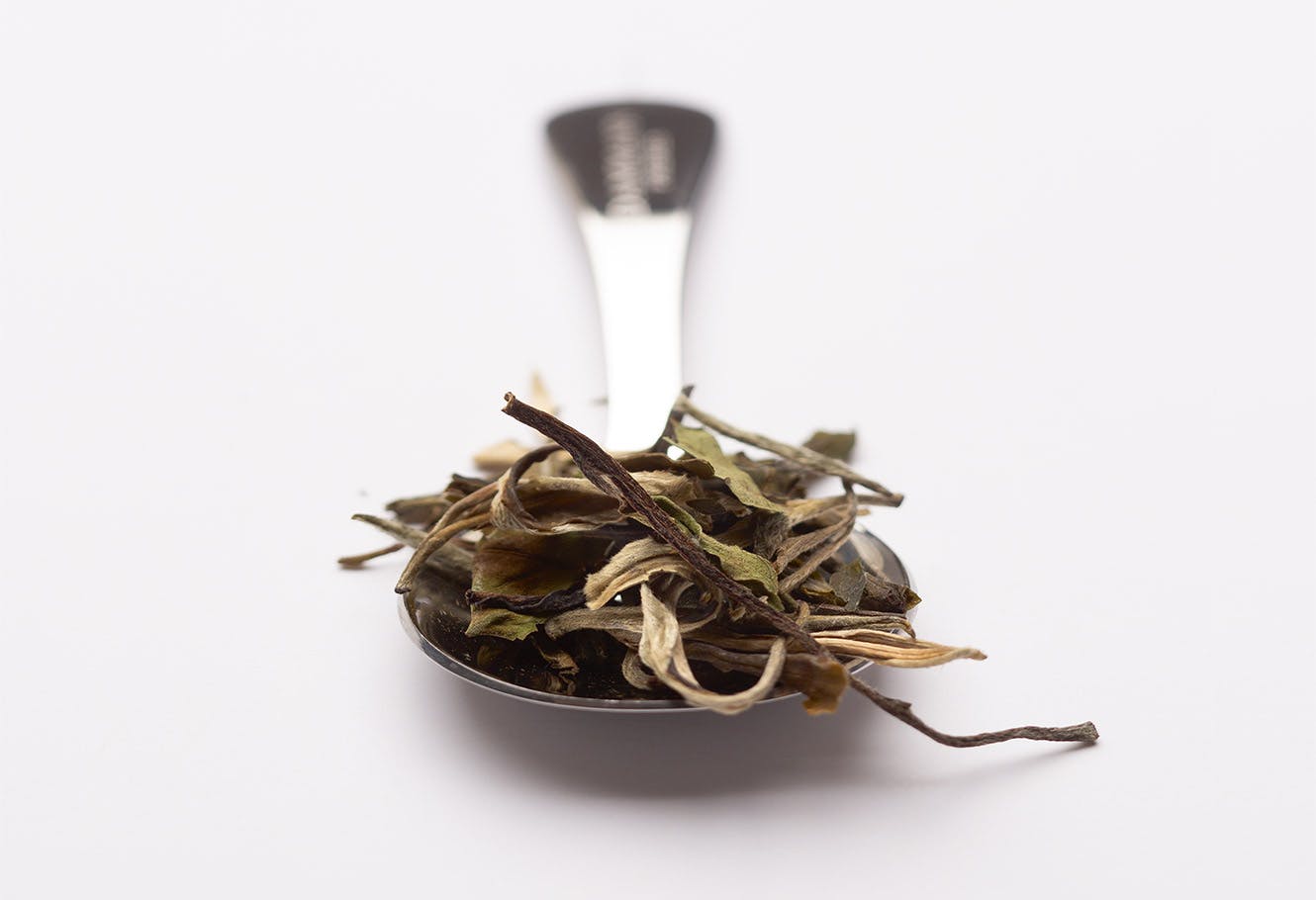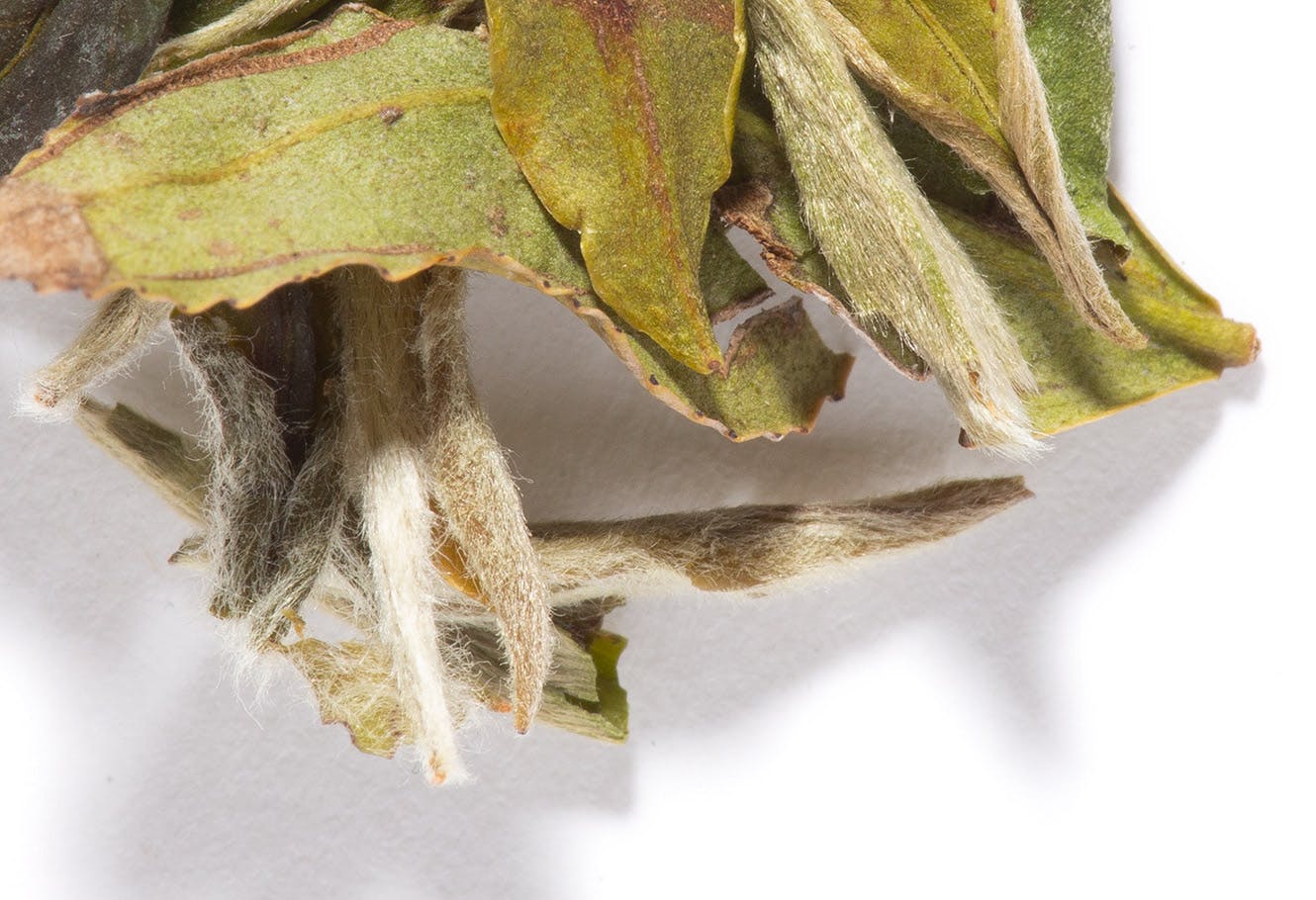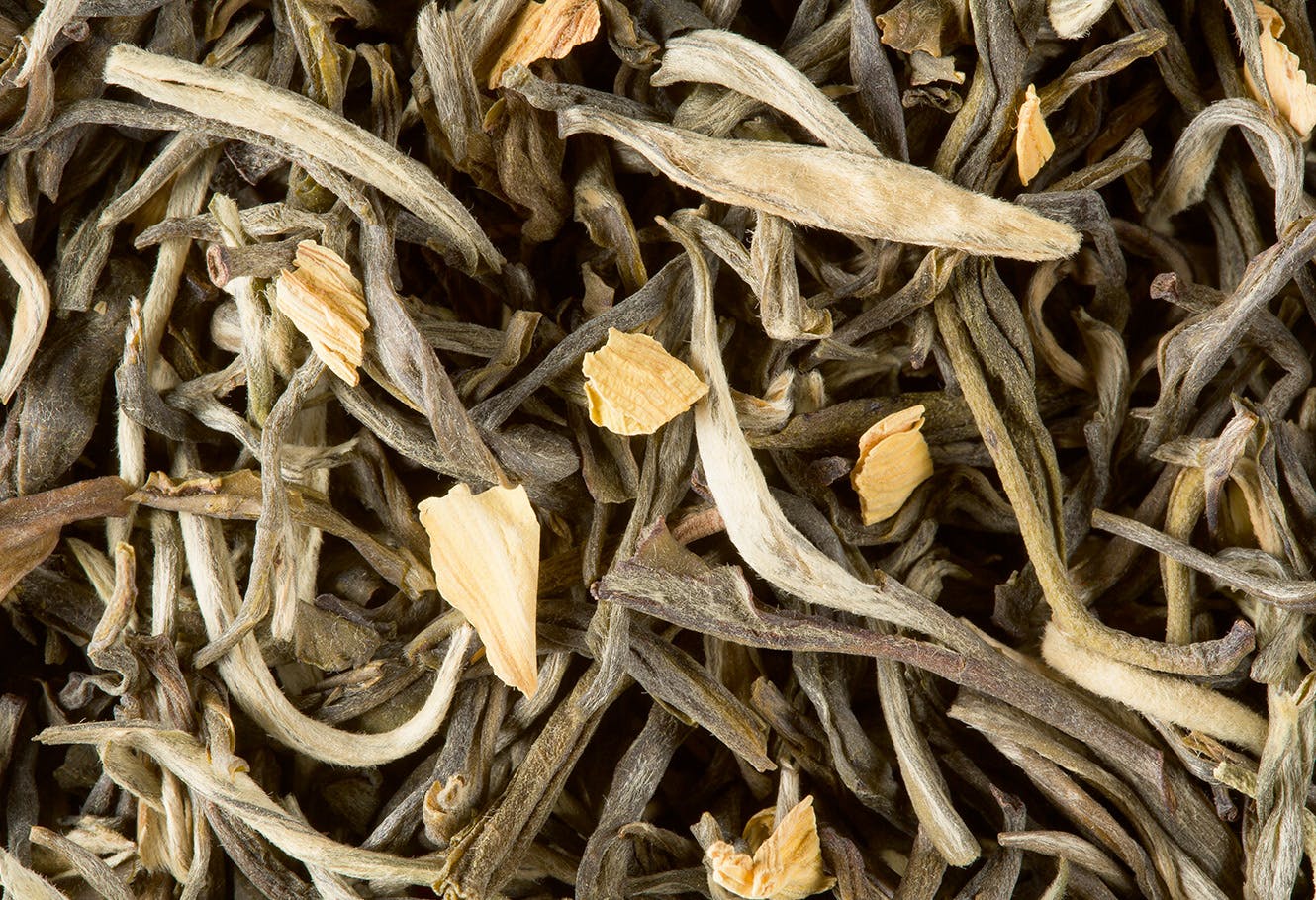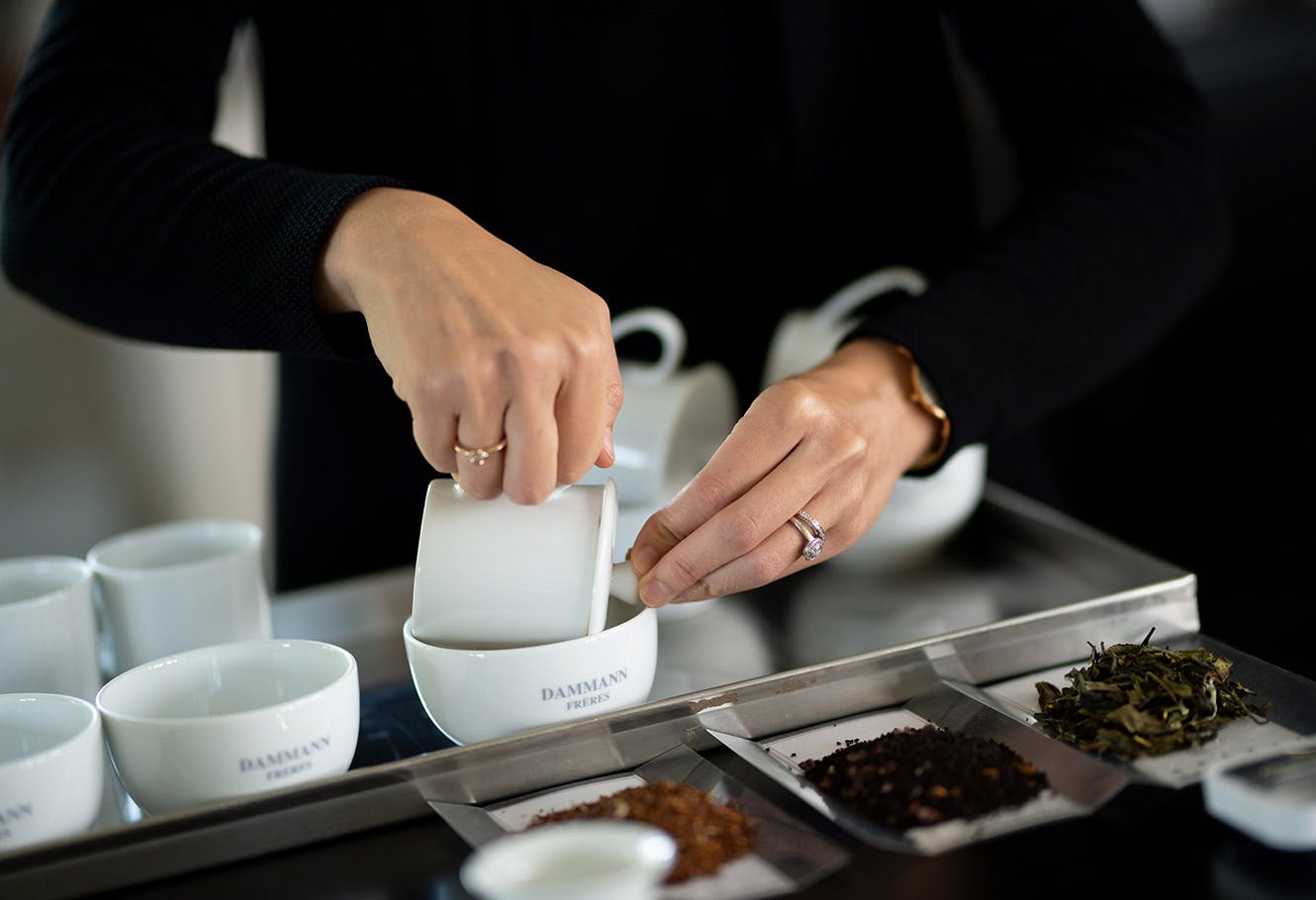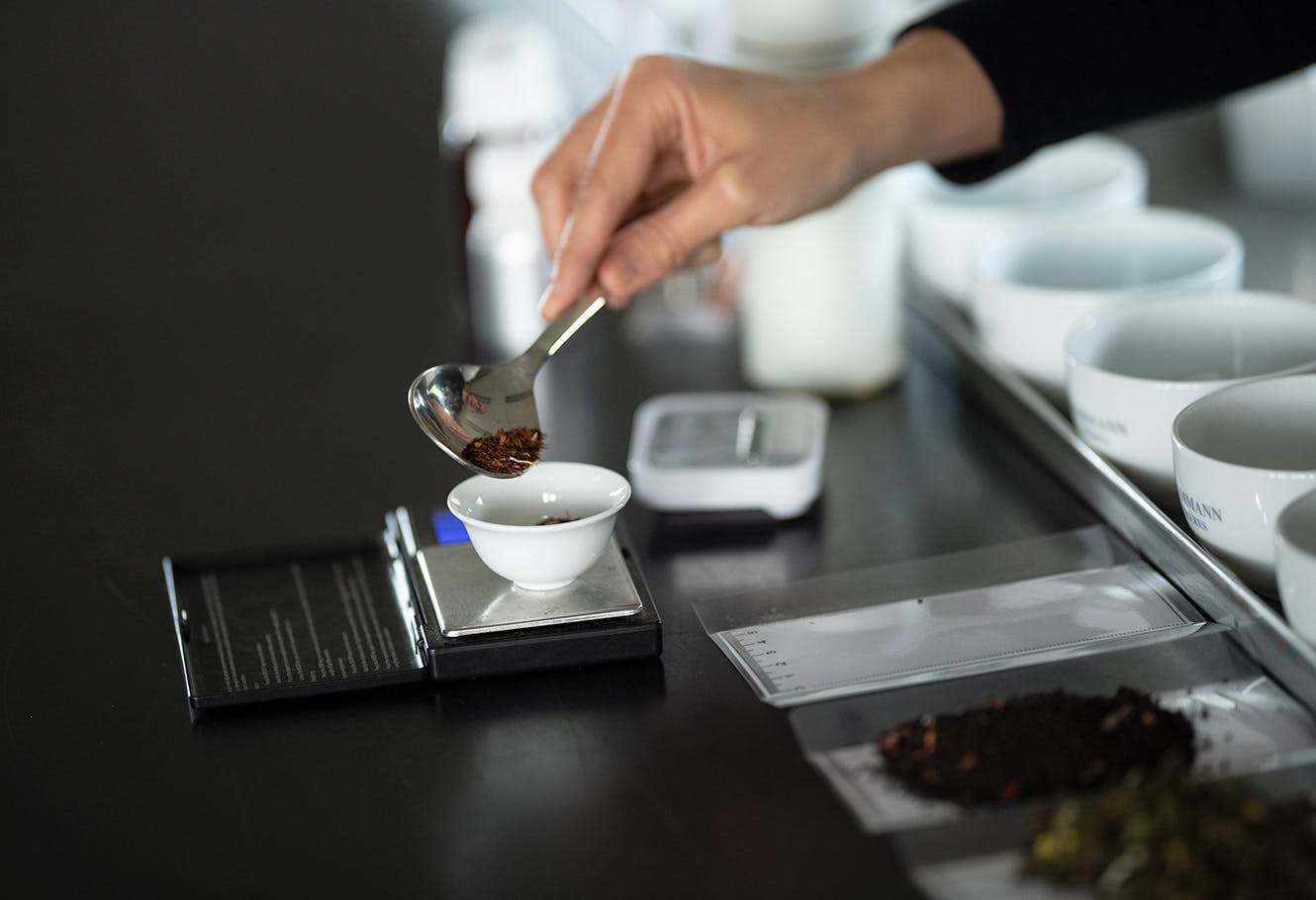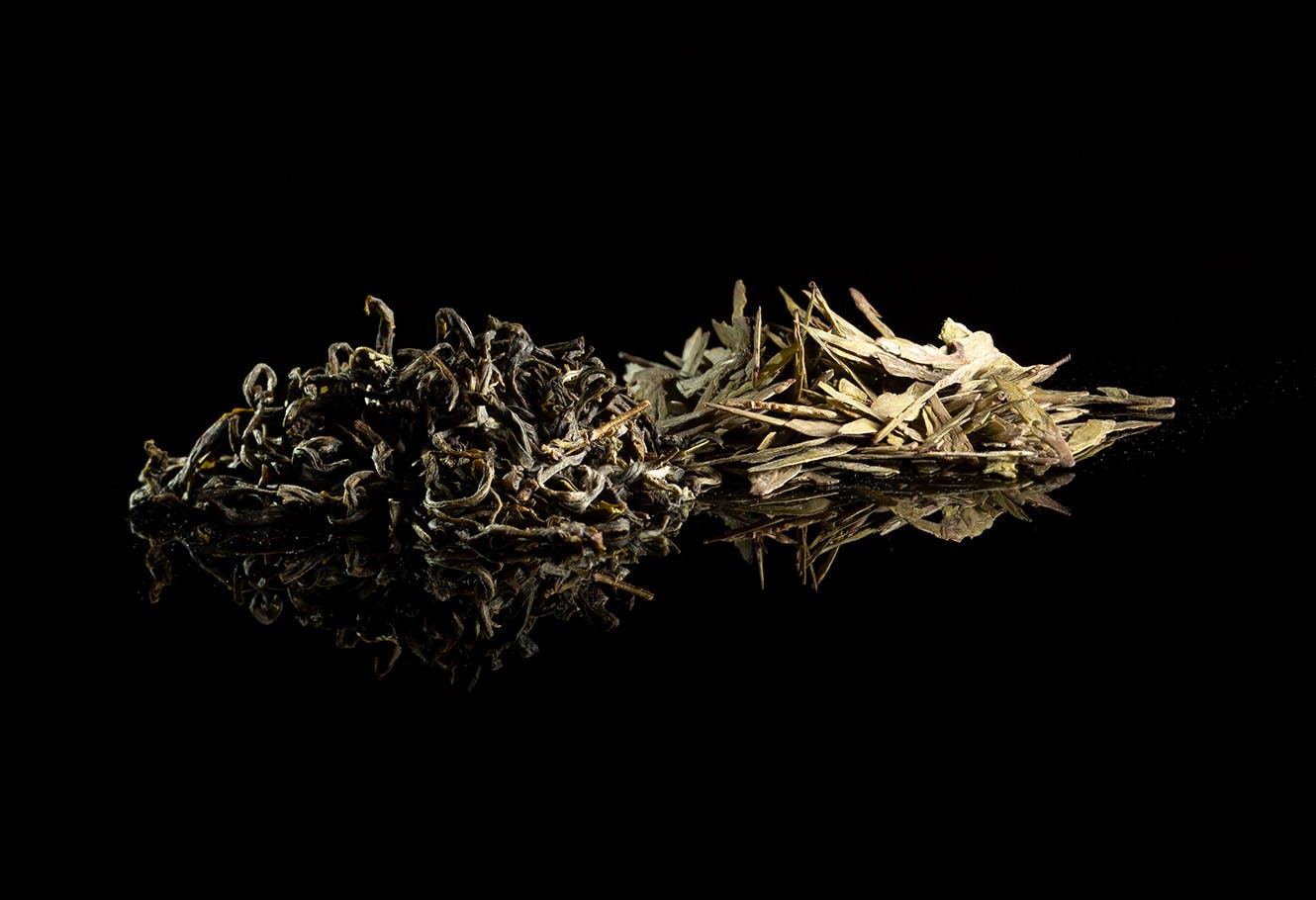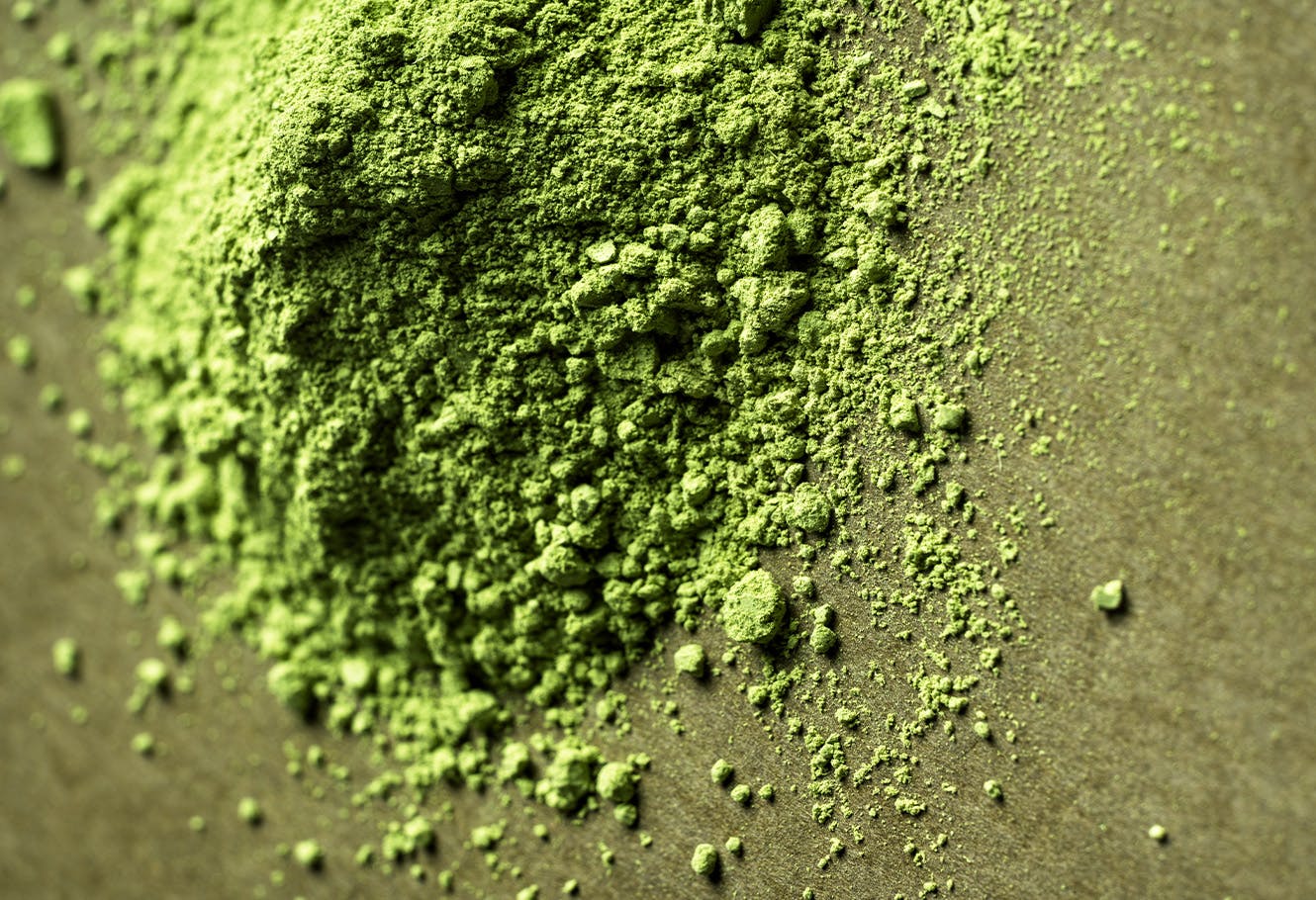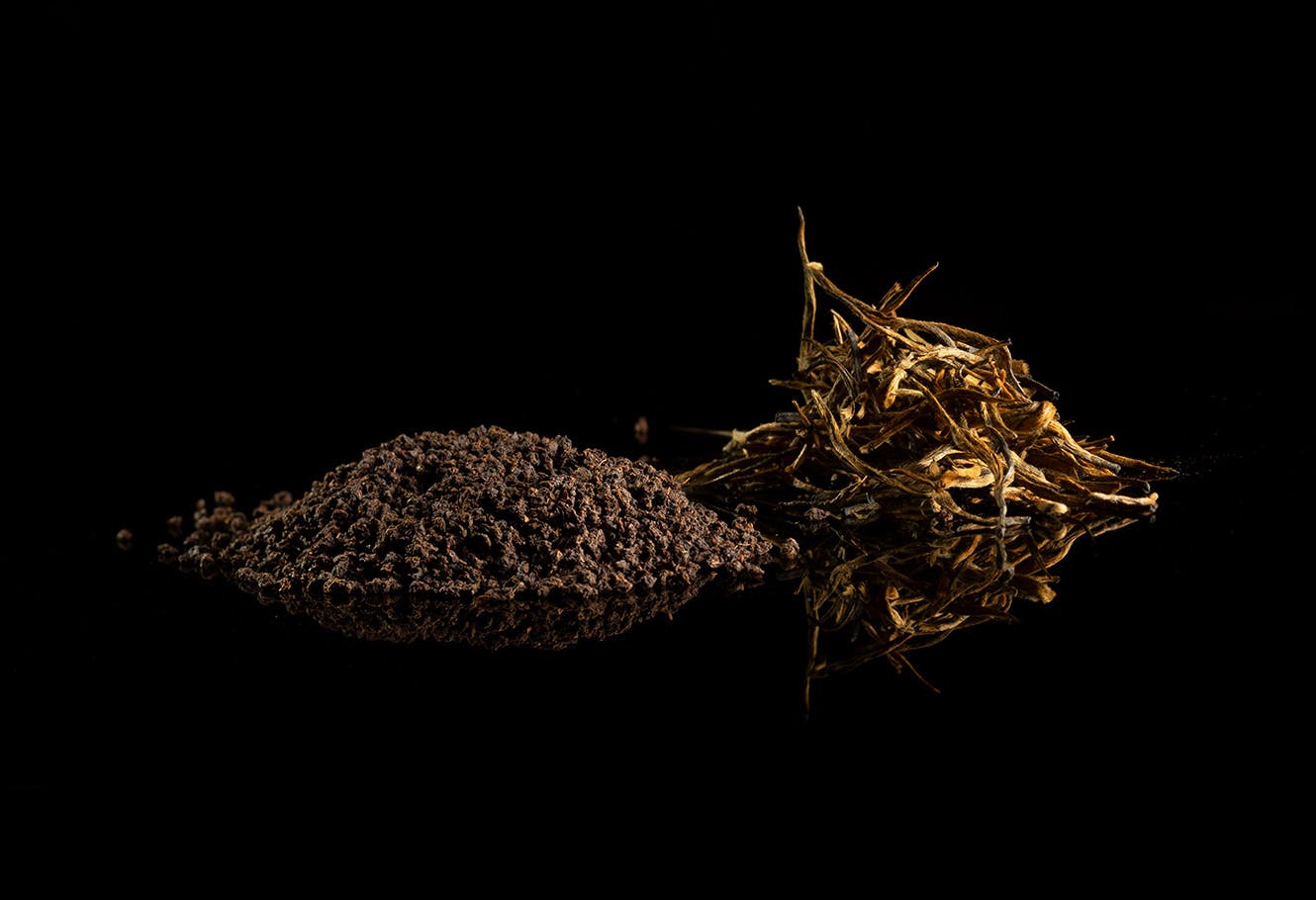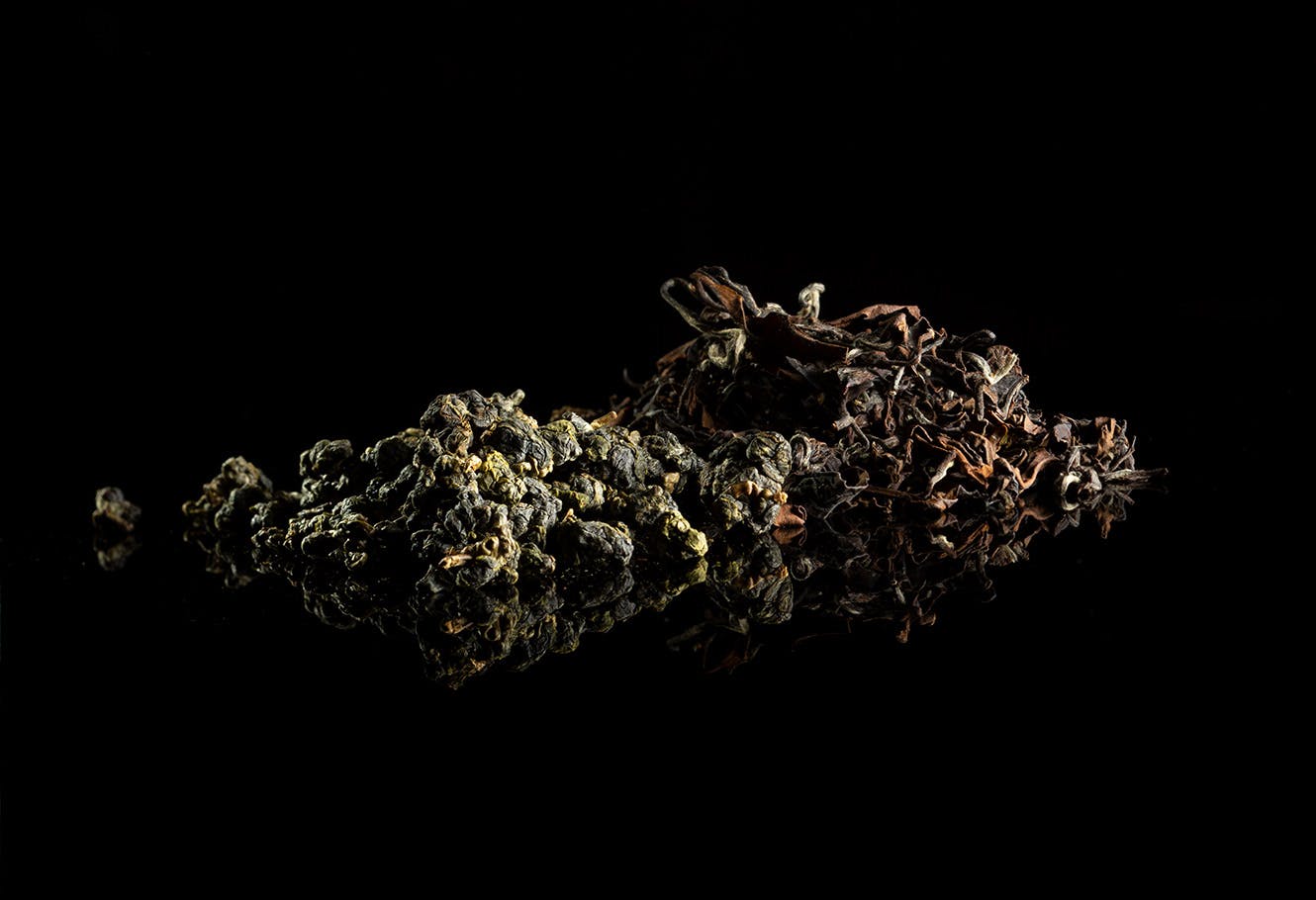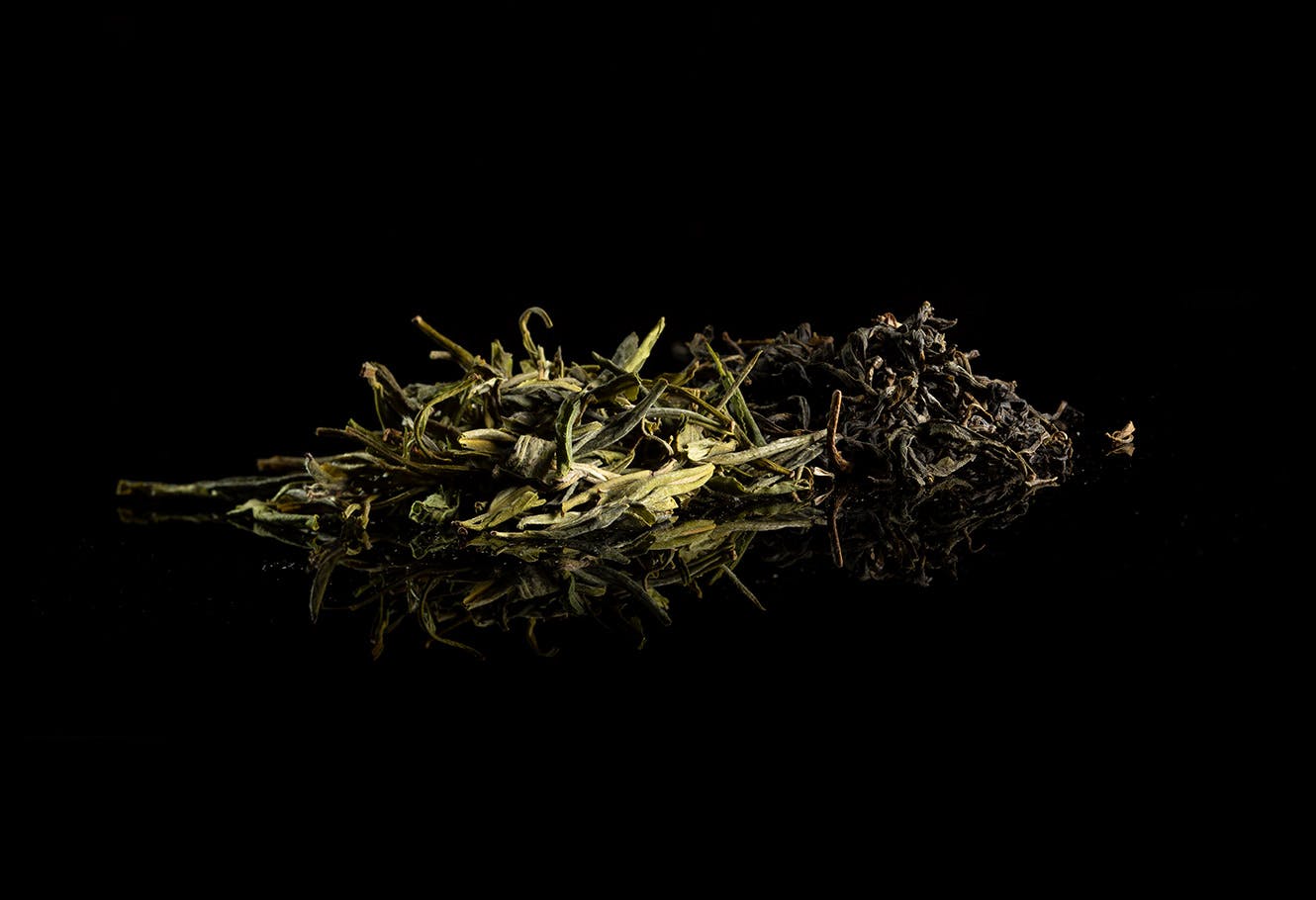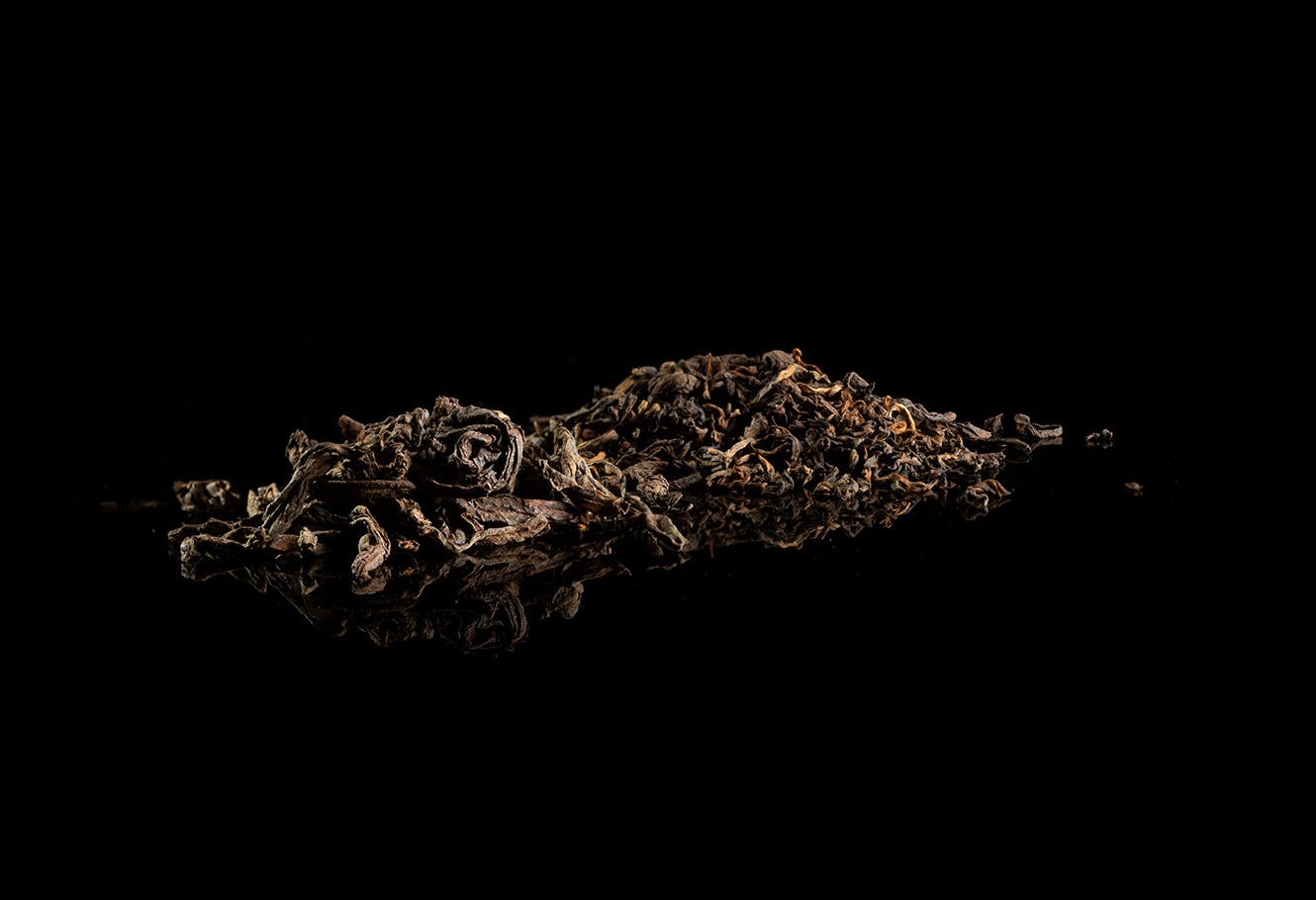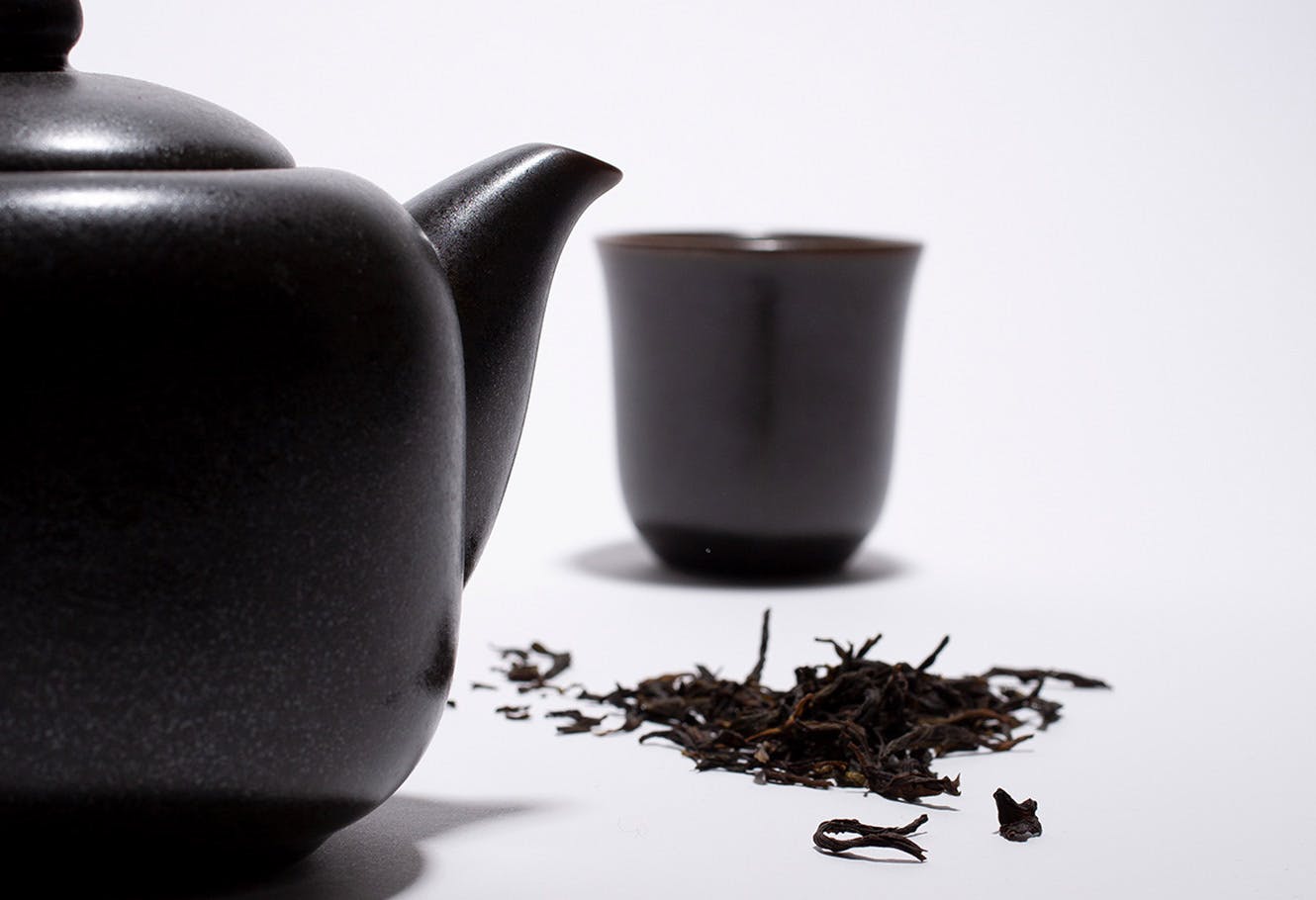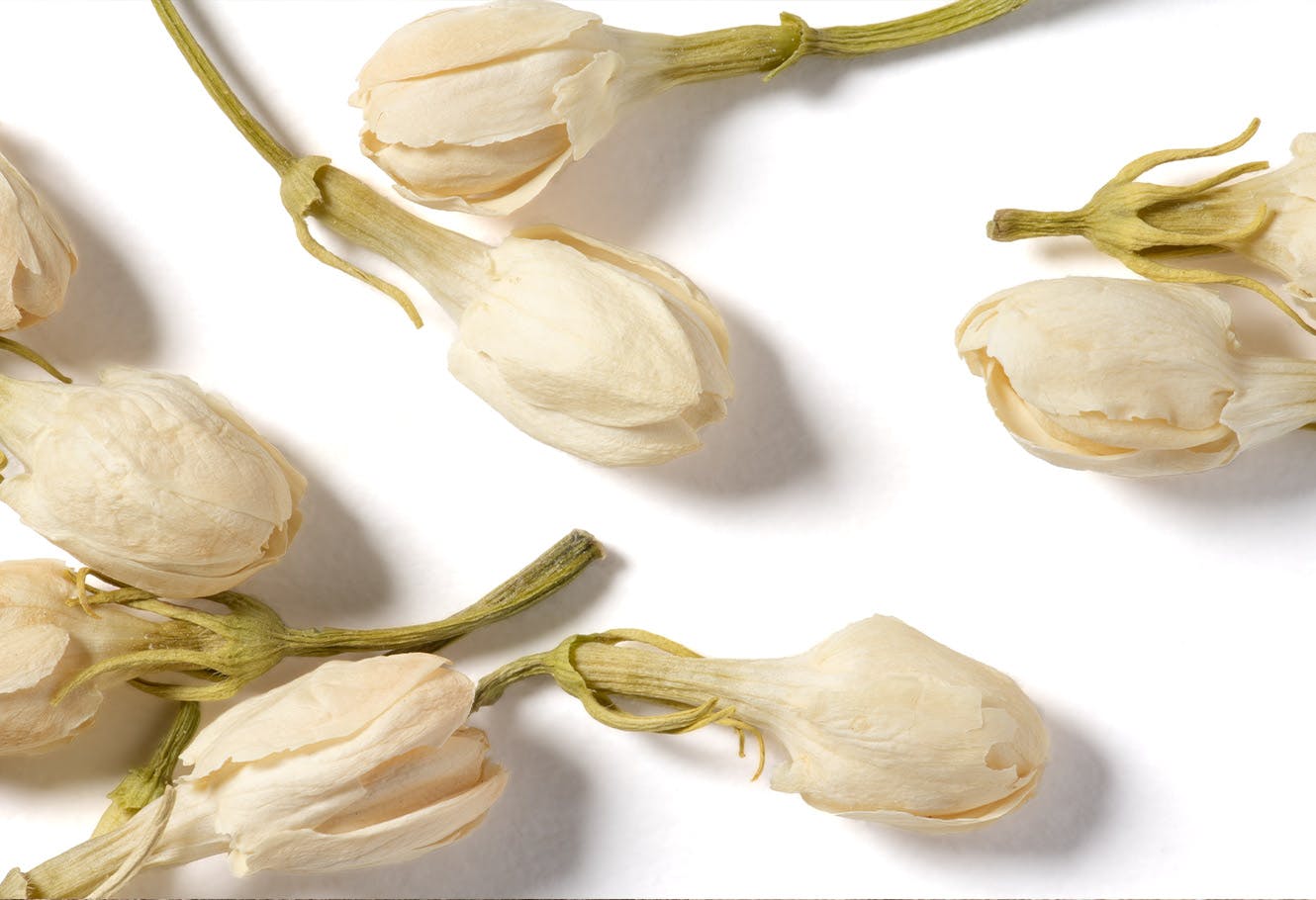What white tea is?
White tea is the most prized variety. It is a rare product because the majority of the production comes from a single geographic area, the Chinese province of Fujian. It is one of the six colours of tea defined in China, and is unusual in that little human intervention is required to produce it. The height of elegance, the varieties used to produce white tea are covered with a silver-white down. Could this be the original tea?
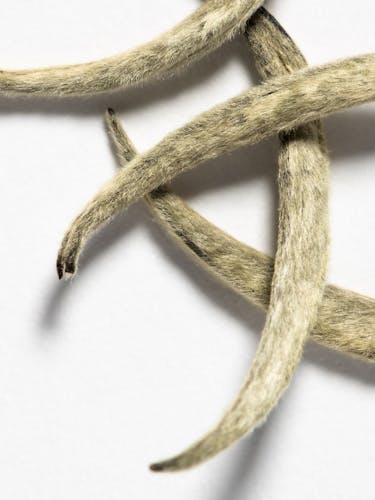
Manufacture
The harvest period for white tea is very short, because it is only picked when the climate offers the ideal manufacturing conditions. Once picked, the fresh leaves are placed in a bamboo sieve in the sun - for the best quality - or inside the factory if the sun is too hot, or in a heated room if the temperature outside is too low. Oxidation is slow and limited. When the leaves have lost 70 to 80% of their water content, they are placed in the very hot sun or on a heat source to finish drying. This halts the natural oxidation process. White tea is both one of the least processed varieties and one of the most difficult to make.
The leaves must be handled as little as possible to avoid reducing the quality, and production requires constant monitoring by an expert. The minimal handling means that the original fresh, leafy flavor from the plant is preserved. While to some people white tea is not really tea, others see it as the very origin of the drink.
Our selection of white tea
Our articles on white tea
Our articles on white tea
Our articles on tea
Our articles on tea
